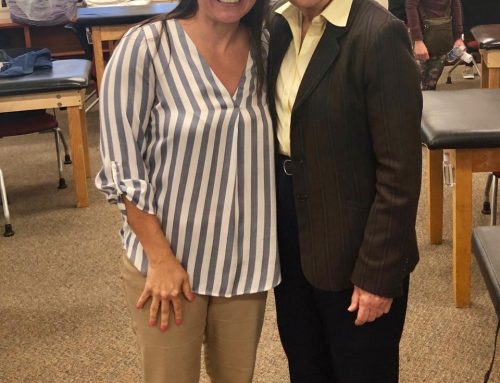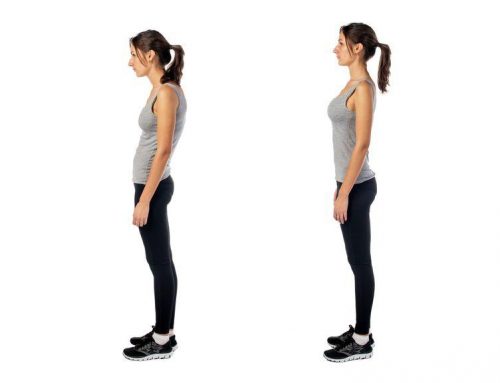Cerebral Palsy
- Cerebral palsy is a sensorimotor disorder that affects the control of posture and movement. The diagnosis has historically referred to a lack of oxygen or some related insult to the brain shortly before, during, or shortly after the birth process.
- The categorization of cerebral palsy is based on descriptions of observable characteristics:
1) Spasticity: a motor disorder characterized by a velocity-dependent increase in tonic stretch reflexes with exaggerated tendon jerks, resulting from hyperexcitability of the stretch reflex.
-Spastic diplegia: an increase in postural tonus that is distributed primarily in the lower extremities and the pelvic area.
-Spastic quadriplegia: an increase in postural tonus that is distributed throughout all four extremities.
2) Athetosis: “without posture” a dyskinetic condition that includes inadequate timing, force, accuracy, and coordination of the movement of the limbs and trunk.
3) Hypotonicity: reduced resistance to rapid stretch; diplayed as inability to hold resting posture against gravity; limp, “floppy” extremities during passive movement.
4) Ataxia: loss of muscular coordination.
Source: Umphred, D.A. (2001). Neurological Rehabilitation. 4th Ed. U.S.A.: Mosby, Inc.
- Cerebral palsy is a sensorimotor disorder that affects the control of posture and movement. The diagnosis has historically referred to a lack of oxygen or some related insult to the brain shortly before, during, or shortly after the birth process.
- The categorization of cerebral palsy is based on descriptions of observable characteristics:
1) Spasticity: a motor disorder characterized by a velocity-dependent increase in tonic stretch reflexes with exaggerated tendon jerks, resulting from hyperexcitability of the stretch reflex.
-Spastic diplegia: an increase in postural tonus that is distributed primarily in the lower extremities and the pelvic area.
-Spastic quadriplegia: an increase in postural tonus that is distributed throughout all four extremities.
2) Athetosis: “without posture” a dyskinetic condition that includes inadequate timing, force, accuracy, and coordination of the movement of the limbs and trunk.
3) Hypotonicity: reduced resistance to rapid stretch; diplayed as inability to hold resting posture against gravity; limp, “floppy” extremities during passive movement.
4) Ataxia: loss of muscular coordination.
Source: Umphred, D.A. (2001). Neurological Rehabilitation. 4th Ed. U.S.A.: Mosby, Inc.





